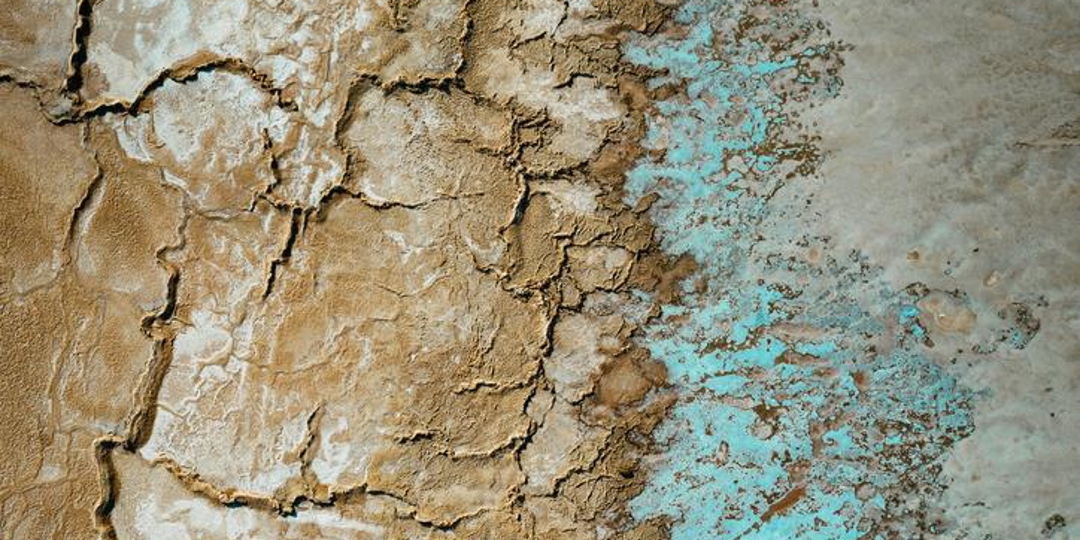The best way to have healthy, beautiful trees is to plant for your location. That means finding out how much rain you get a year, native trees that thrive in your planting zone, and choosing species suited for your soil type. Clay soil is heavier than other soil types and doesn’t drain well, meaning you need trees that are well-suited to soggy conditions. Here’s what you can plant for clay soil in your area.
The Best Trees for Clay Soil
With poor drainage and low aeration, clay soil isn’t suitable for all trees. As a rule, if you tend to see a species on riverbanks or in wetlands, they can usually handle clay soil.
Species that thrive in well-draining clay soil include:
- Several species of maple, including red, silver, and black
- River birch
- Hawthorne
- Butternut
- European larch
- Eastern cottonwood
- Several oaks, including bur, chinkapin, and swamp white oak
- Silver linden
- American elm
- Lacebark elm
- Shagbark hickory
- Red mulberry
- Sweetgum
- Honey Locust
- Washington Hawthorne
- Black walnut
- Crabapple
- Yoshino cherry
- Scots pine
- Deodar cedar
Suitable trees for clay soil with poor drainage include:
- Alder
- Amelanchier/Juneberry
- White willow
- Weeping willow
- Paper-barked maple
- Pin oak
- European elderberry
- Sycamore
- Sweet bay magnolia
Want to know if a particular tree you have in mind is suited for clay soil? Contact your local Monster Tree Service® expert. We’ll help you find the best trees for your property.
Planting Trees in Clay Soil
Clay soil poses a few challenges when planting. The heavier the soil, the tougher it is to plant without complications. To give your trees the best chance for survival:
- Plant shallow. Clay soil doesn’t breathe well, so you need to encourage roots to get air another way. Your hole should never be deeper than the root ball. The first level of roots should be at or just below the surface.
- Use a slope-sided hole. Vertical sides on your planting hole can encourage root bind. Instead, dig a wide, saucer-shaped hole to turn more of the soil for your tree’s roots to grow through. You can also use your shovel to notch the sides of the hole to encourage root spread.
- Backfill with native soil. You can amend and fertilize your soil after your tree is established, but when you first plant, you should always cover the root ball with native soil. This encourages the roots to grow into the surrounding soil, rather than staying in over-amended potting soil.
Caring for Your Trees Once They’re Planted
Because drainage is so poor in clay soil, plants are susceptible to overwatering. And if conditions are wet for a while, it can leave your trees more vulnerable to fungus, mold, and many root-feeding pests. If you notice limp leaves, powdery growth on the trunk, or root crowns stripped of bark, schedule pest and disease control with Monster Tree Service.
How Often to Water Newly Planted Trees in Clay Soil
When you first plant your tree, water it the day of and the day after planting. Water three days later and another three days after that to help get the tree established. After that, you should only need to water in drought conditions, every 7-10 days.
The Best Fertilizer for Clay Soil
The best fertilizer will depend on the species of your tree and what nutrients can be found naturally in your soil. Because clay soils don’t drain very well, they also tend not to lose many of the nutrients trees need to thrive the way looser soils do. However, most clay soils benefit from well-composted organic matter. This includes everything from composted bark and woodchips to kitchen scraps and animal manure.
Related Content: What Type of Tree Should I Plant for My Soil Type?
Get Professional Care for Trees in Clay Soil
Make sure your trees thrive with expert service from Monster Tree Service’s licensed arborists. Our teams have experience caring for trees in all kinds of soil, so we know just what your trees need to flourish. Whether you need advice before you plant or want help taking care of an established tree, we’re the local clay-soil tree experts you can count on. Request a free estimate for care today.

